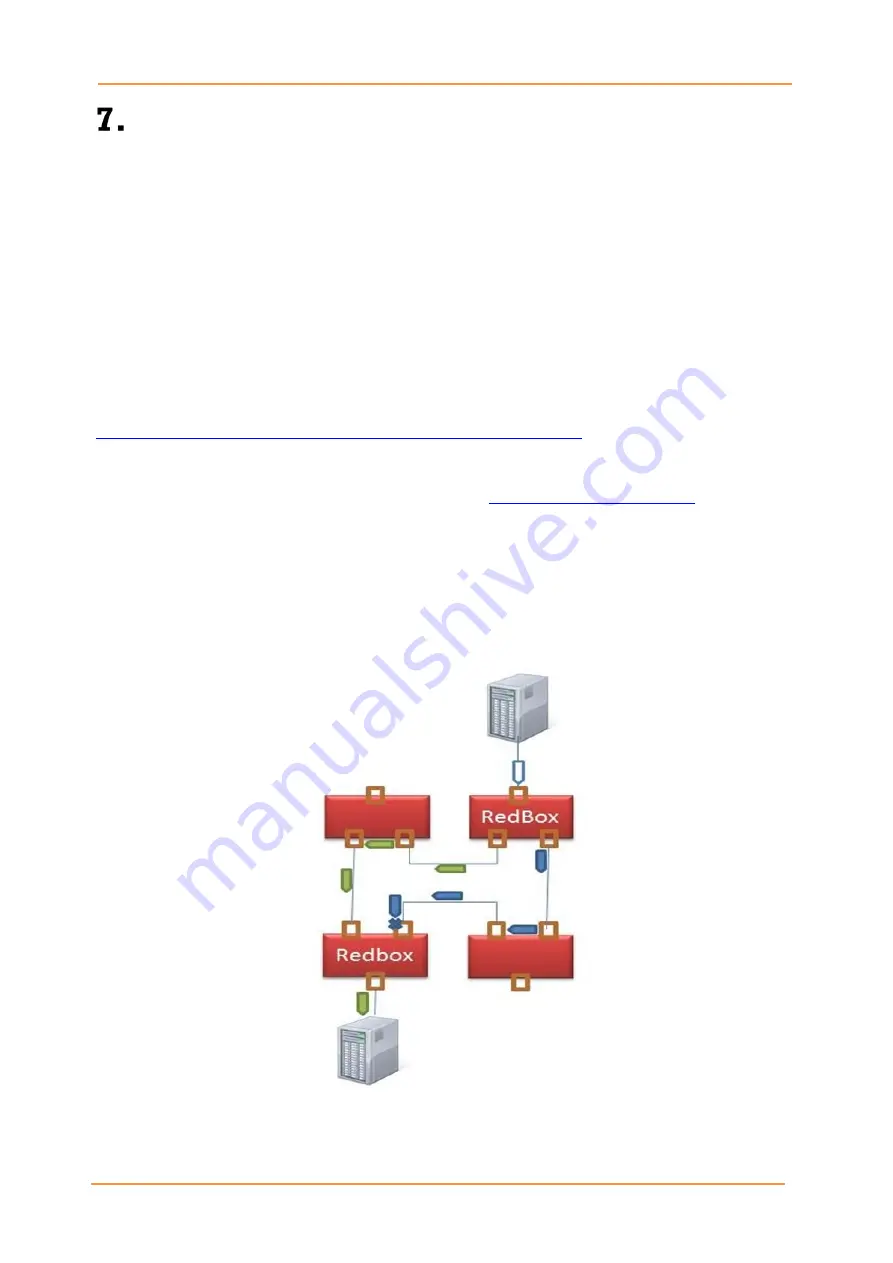
iRBX6GF User’s Manual
UM-iRBX6GF-4.5.1-EN.docx
Pages 21 of 119
REDUNDANCY OVERVIEW
7.1
Introduction
Industrial networks demand high availability and uninterrupted operation. A short loss of connectivity
may have dramatic consequences in automation, power generation and distribution systems.
Redundancy is used to minimize system downtime which is one of the most important concerns for
industrial networking devices. HSR/PRP has zero recovery time compared to the existing redundancy
technologies widely used in commercial applications, such as STP, RSTP, and MSTP.
5.1
HSR
HSR—High-availability Seamless Redundancy is a redundancy protocol for Ethernet that is standardized
as per the IEC 62439-3 Clause 5 [3]. For more information, refer to:
http://en.wikipedia.org/wiki/High-availability_Seamless_Redundancy
HSR and PRP protocols are interoperable. Both protocols can be implemented in a network to achieve
the desired topology. HSR-PRP operation is described in
The basic HSR topology is a ring. The source RedBox duplicates the incoming frame and sends it using
two different directions in the ring. If either one of the paths is broken, the frame will still be able to reach
its destination using the second path. The receiving RedBox accepts first copy of the frame and discards
the second one.
















































